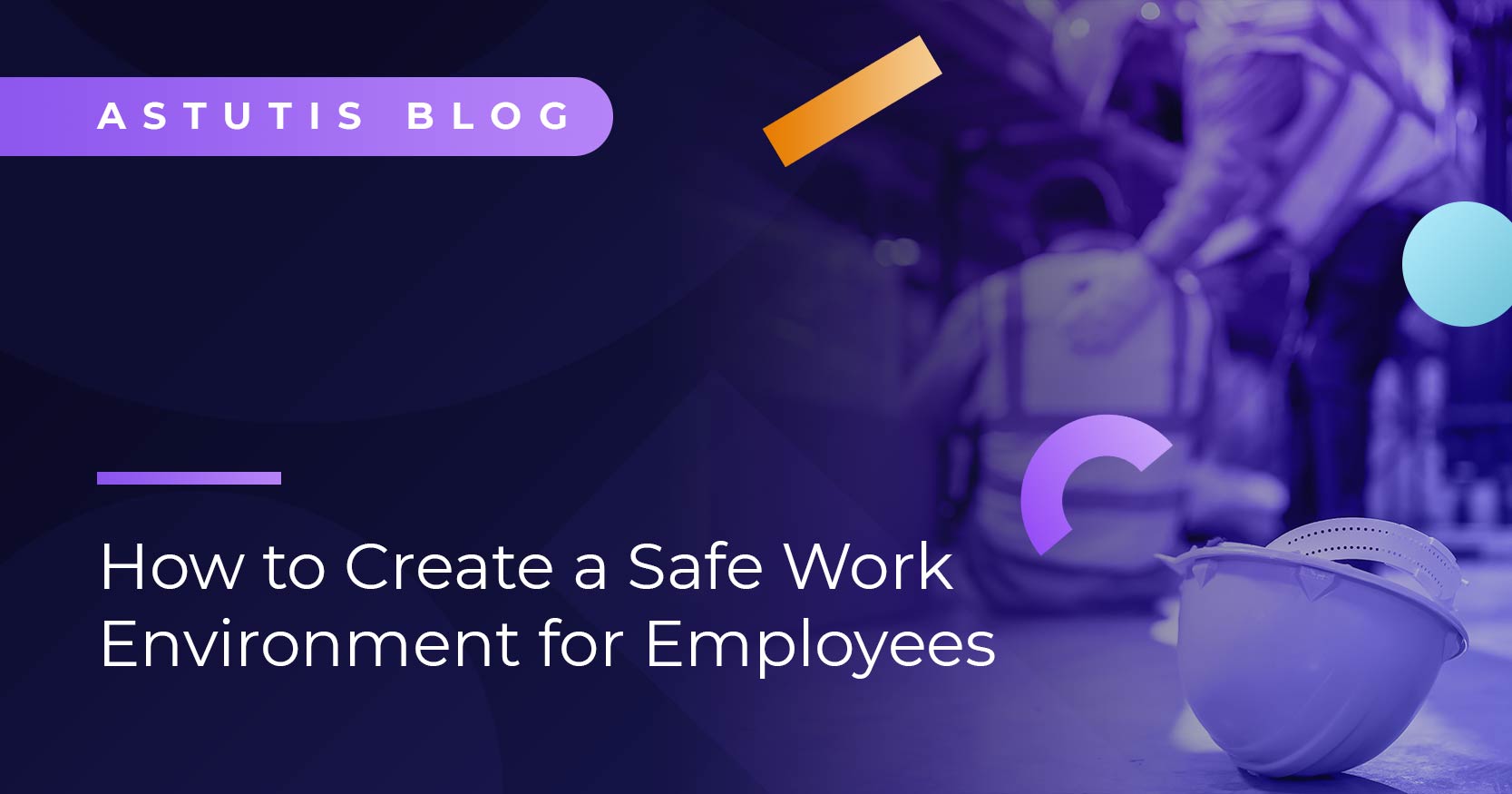Top Tips On Improving Health & Safety Culture
Creating a positive health and safety culture within your business needs to begin with making sure everyone takes personal responsibility for health and safety at work seriously and values its importance.
In our post on managing health and safety, we discussed just how much workplace injury and illness costs businesses in the UK.
With a cost of £14.1 billion in work related injury and illness alone, there is the possibility for poor health and safety procedures to significantly impact a business’ productivity and profitability.
Creating a positive health and safety culture within your business needs to begin with making sure everyone takes personal responsibility for health and safety at work seriously and values its importance.
That’s why we've put together these top tips for improving your business’ health and safety culture! But before we get started, let’s just clarify what we mean by a ‘health and safety culture’.
A health and safety culture reflects the attitudes and perceptions of a business’ stakeholders towards the management of health and safety. It gives a great insight into how seriously health and safety is taken, where the training gaps are, and more importantly how processes can be improved.
So what should you do when looking to improve the health and safety culture of your business & teams?
1. Use Climate Surveys & Questionnaires
Quite often health and safety procedures and rules come from the top of the business hierarchy. However, by asking those on the ground who arguably are more likely to experience issues with health and safety, you will uncover potential loop holes or problems within the current structure. The company's safety climate is a clear benchmark of the perceived value your staff place on safety. (Perceived value of safety is formed from attitudes, values, opinions and actions of employees). Carrying out a Climate Survey is a great way of understanding things like:
- How committed senior managers and supervisors are to health and safety.
- How much employees know about health and safety and how their actions impact their working environment.
- Whether risks are taken on a day-to-day basis and what the general attitude is towards taking these risks.
- The responsibility that employees feel towards the health and safety of themselves and others.
By delving into this data you will have a much better understanding of the attitude of your workforce towards health and safety, and where training may be required to improve attitudes or knowledge. Exercises like this also demonstrates that you, as a senior manager or employer, are committed to the health and safety of your workforce and want to take on board their thoughts and opinions.
2. Learn From Mistakes & Near Misses
While accidents and near misses in the workplace demonstrate room for improvement, they also present an opportunity to learn. In knowing how to identify why an accident (or near miss) happened you will be able to prevent it from happening again, and potentially improve processes for the future.
Communication is key here, and ensuring you communicate your findings will prevent other teams or departments from making the same mistakes thus reducing risk in the workplace.
This step, together with using climate surveys and questionnaires, will allow you to fully understand what is going on in the workplace so you can analyse accidents, develop improvements, identify training needs, and generally improve safe working practices.
3. Communication
Unfortunately, in some businesses health and safety documentation is created and then stored away in a filing system that people rarely visit.
Likewise, health and safety inductions are given at the beginning of a person’s employment and rarely revisited meaning many employees have little knowledge when it comes to health and safety.
Regularly communicating health and safety procedures and updates in health and safety documentation is crucial. There are a number of ways you can do this:
- Have team members revisit health and safety inductions once a year to refresh their memory.
- Regularly communicate/update changes to health and safety documentation.
- Call meetings to ensure each team understand how it will impact them and how they can adopt the new changes.
- Communicate if/when there have been accidents and near misses and what could have been done to prevent them. Hindsight is a wonderful thing and learning from mistakes is the only way to take that knowledge further to ensure the same mistakes aren’t made again.
Communication really is key when it comes to creating a positive health and safety culture, and without it, you will find it difficult to have a culture at all!
4. Implement Health & Safety Training
Implementing a health and safety training programme allows you to take the learning from the above tips, together with a structured and proven syllabus to ensure all members of staff have a consistent knowledge of health and safety.
Not only this, it also keeps staff at different levels, aware of their responsibility for health and safety and helps facilitate behavioural change - a key part of improving your health and safety climate!
There are several different training courses that provide staff with a foundation of knowledge for health and safety. They will teach them to minimise risk, identify opportunities for process improvement, and gain the knowledge required to promote a health and safety culture.
Some of the most popular and well recognised courses include:
- The NEBOSH National General Certificate: a perfect grounding in the management of health and safety; controlling workplace hazards, covering all the key topic areas plus a health and safety practical application. The NEBOSH General Certificate is a great course for all managers to start educating their workforce so they can help embed a better health and safety culture.
- The IOSH Managing Safely: this is a basic risk-based course, specifically aimed towards management and supervisory staff, providing them with the knowledge they need to manage health and safety within their teams. The course provides managers with everything they need to begin taking responsibility and accountability for the health and safety of their teams.
In order to improve your company’s health and safety culture, you should look to include everyone in regular feedback and communication to fully understand the heath and safety issues that are present. By using this information, along with learning from mistakes and implementing a clear training programme, you will see significant improvements to both the attitude towards and knowledge of health and safety within your business.
To view all our courses click the button below!
Related Blogs

Real Life Stories









